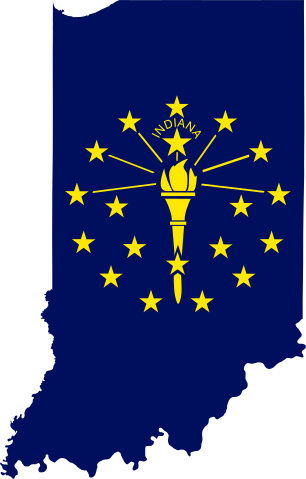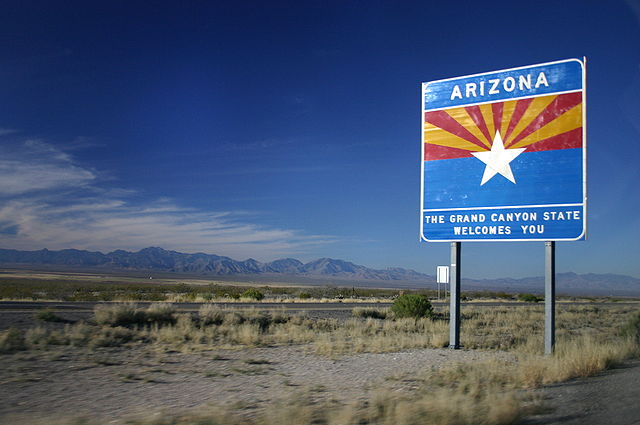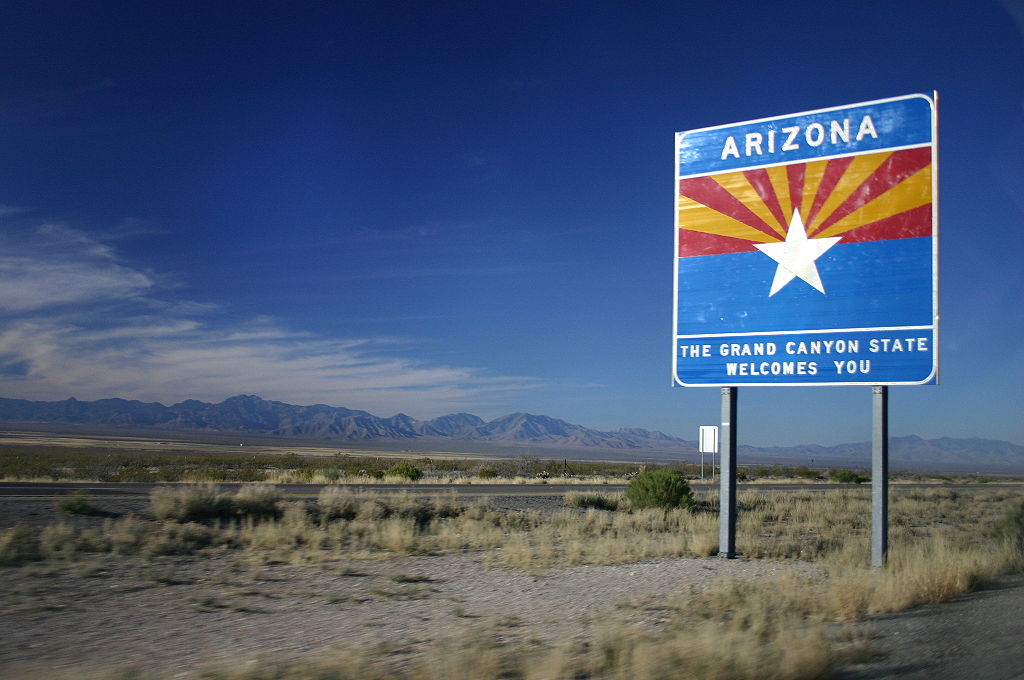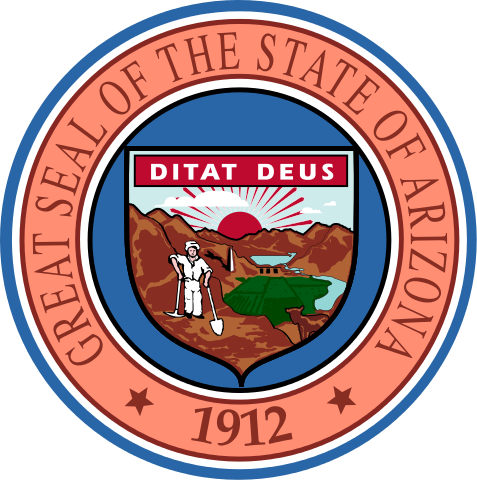The Indiana Public Retirement System has committed $100 million to a Blackstone fund that invests in real estate.
From IPE Real Estate:
The US pension fund, which has had limited exposure to core-plus funds, said it was unconcerned by Blackstone’s move into core-plus property and its branching out into opportunistic strategies.
Most of Indiana’s fund investments in real estate – totalling approximately $2bn – have been in core and opportunity funds.
The pension fund has made three previous investments with Blackstone, totalling $216m, including a co-investment and two investments in the fund manager’s opportunity funds VI and VII.
With the new investment, Indiana joins several other public pension funds in the Property Partners fund.
The Virginia Retirement System and the Texas Permanent School Fund each made $100m commitments to the fund last year, while the Arizona State Retirement System committed $50m.
Blackstone is looking to raise $1bn for the fund, which is open-ended and leveraged at around 50%.
The fund manager is co-investing $35m.
Limited partners are projected to achieve 9-11% returns from the fund, focused solely on US multifamily, office, retail and industrial real estate.
The fund will buy single properties, as well as make entity-level investments in real estate operating companies.
The Indiana PRS manages $30 billion in assets.
Photo credit: “Flag map of Indiana” by Map_of_USA_IN.svg: This version: uploaderBase versions this one is derived from: originally created by en:User:WapcapletFlag_of_Indiana.svg:derivative work: Fry1989 (talk) 22:26, 19 June 2011 (UTC) – Map_of_USA_IN.svgFlag_of_Indiana.svg. Licensed under CC BY-SA 3.0 via Wikimedia Commons – http://commons.wikimedia.org/wiki/File:Flag_map_of_Indiana.svg#mediaviewer/File:Flag_map_of_Indiana.svg



